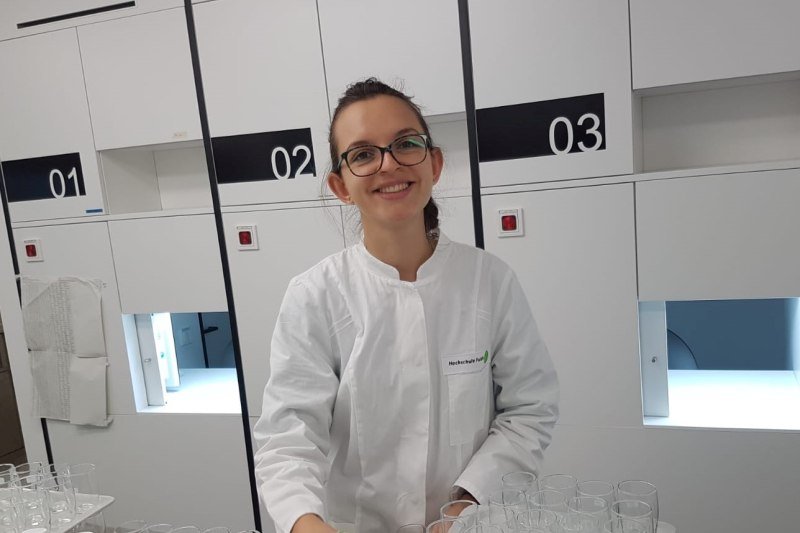Slow food versus fast food? Slow food is more than the opposite of fast food. It is a growing awareness about a healthy and conscious approach to the consumption of food and the production of food. There are more and more followers of the slow food movement.
Slow food, what is it?
Slow food, by the term, seems to be the opposite of fast food. However, there is a whole philosophy behind the term slow food.
Slow food is the conscious, responsible consumption of locally, environmentally friendly made products from agriculture and animal husbandry.
Under this idea, a whole movement unites farmers, food manufacturers and consumers all over the world, to promote a more sustainable approach to what we eat.
The key terms used by Carlo Petrini, the Italian founder of the Slow Food movement, to describe ‘Slow Food’ are:
- Buono
- Pulito
- Giusto
which translates to Good, Clean, and Fair. If one of them is missing, you cannot call it Slow Food.
What does slow food stand for?
Slow Food stands for the preservation of the local taste and variety of food. It also promotes animal welfare, traditional food trade, responsible and sustainable agriculture. The Slow Food movement facilitates networking between the various food producers, retailers, and consumers to ensure transparency about the production and quality of food.
Slow Food Movement, how it began
The movement was born in the small Italian town of Bra in northwest Itali. Carlo Petrini a local political activist, writer and newspaper reporter, was very concerned with good food and the culinary traditions of Italy. When a McDonald’s branch was opened in the center of Rome in 1986 in the most prominent place on Piazza Navona in Rome, Petrini was not amused. He organized a public protest and then founded the Slow Food movement.
What is the purpose of the slow food movement?
The slow food movement is committed to ensuring that everyone has access to sustainable food. This is food, that has been produced in an environmentally friendly, good, clean and fair manner according to the definition of the slow food movement.
- Good – The taste and quality of the foods that should be pure and natural
- Clean – Respecting the environment, producing, farming and processing, must protect and do not harm the ecosystems and the health of the consumer and the producer
- Fair – Production and work conditions must be safe and fairly rewarded, the price for food must reflect the real cost
Why it needs to wake up and change our food production
The food production machines that dominate the world today are harmful to the earth, its ecosystems, and the people who inhabit it. What we eat today is produced by a few large corporations that are only profit-oriented. Sustainability and also the taste and variety of our foods have become unimportant.
Slow Food promotes regional and seasonal foods that are produced in a traditional and ecologically responsible manner. The Slow Food movement also wants to make people more aware of what food was and is and thus give food back its cultural dignity.
In this way, they impart knowledge about the food chain and support the sense of responsibility of producers and consumers. As the founder, Carlo Petrini mentioned at the beginning said: ‘I want to know the history of a dish. I want to know where the food comes from. I like to imagine the hands of those who have grown, processed, and cooked what I eat.’
Advantages of slow food
Slowing down! A healthy diet is not only good for the soul and well-being, but it also has a positive effect on digestion and overall health. Feeling of hunger and being full is more consciously perceived. The idea of slow food focuses on enjoyment and taste.
The philosophy of fast food (eating on the move, Drive Inn …) means to feed the body quickly and often with too many calories. Quality of food and taste are often neglected in this type of diet. The extent of the Fast Food Culture on body and health can slowly be seen in the numbers of overweight people.
Foods that are produced in more natural ways and apply organic principles, support regional manufacturers and their production methods. Factory farming must be done in more animal-friendly ways and genetically modified foods are avoided.
Start with the vegetable patch in your own backyard. Find local farmer’s markets near you, they are a good place to buy fresh produce. Ask about production methods.
Organic foods combined with typical regional recipes result in a variety of flavors and tastes that mass-produced foods cannot offer.
What is Slow Cooking?
Slow cooking is preparing all ingredients and placing all into a slow cooker, set the heat and timer if the unit has one and allow plenty of time for the food to slowly simmer. The low temperature over a long time will turn poultry, meat, and vegetables into a delicious sumptuous meal.
The do’s and don’ts of slow cooking
‘Sear meat’, as is recommended in many recipes, is a very controversial topic in slow cooking. Some recommend it because of the distinctive flavor, others defend vehemently against it, with the argument that only a continuously gentle cooking process also contributes to evenly cooked meat. I do both and find both have their advantages
Maintain a low temperature of 175 to 185 degrees Fahrenheit. A perfect and constant temperature without too high a temperature gradient will break the connective tissue and makes the meat tender and juicy.
Slow cooking at low temperatures is a frequently used procedure, especially when gelling, boiling down, and drying food.
Slow baking cakes and bread turn our nice and tasty results. The yeast has plenty of time to rise.
You can use a multi-cooker or a large pot for braising in the oven. However, a good slow cooker is the better choice. It needs less electricity, keeps the temperature constant, and produces excellent results without much supervision.
The heart of slow cooking
There are many good slow cookers available in different sizes and various operating features, from simple manual devices to fancy programmable units with timer and cooking programs.
They are great devices for everyone who likes hearty home cooking, stews, and soups. Slow cookers are also very suitable for inexperienced cooks. Many recipes are very easy to understand and since they are usually ‘one-pot dishes’ you really can’t go wrong. With such one-pot dishes, you just have to put everything in the pot, turn it on, let it cook, come home, eat.
It takes a little practice to get to know your cooker, but after cooking a few dishes you will get the hang of it.
More to read:
Food and Agricultural Organisation of the United Nations
More about the Slow Food Movement
- Where Are Tomatoes Native To? - August 1, 2022
- Are Organic Chickpeas Better? - July 26, 2022
- How Being Vegan Helps Climate Change - July 24, 2022




